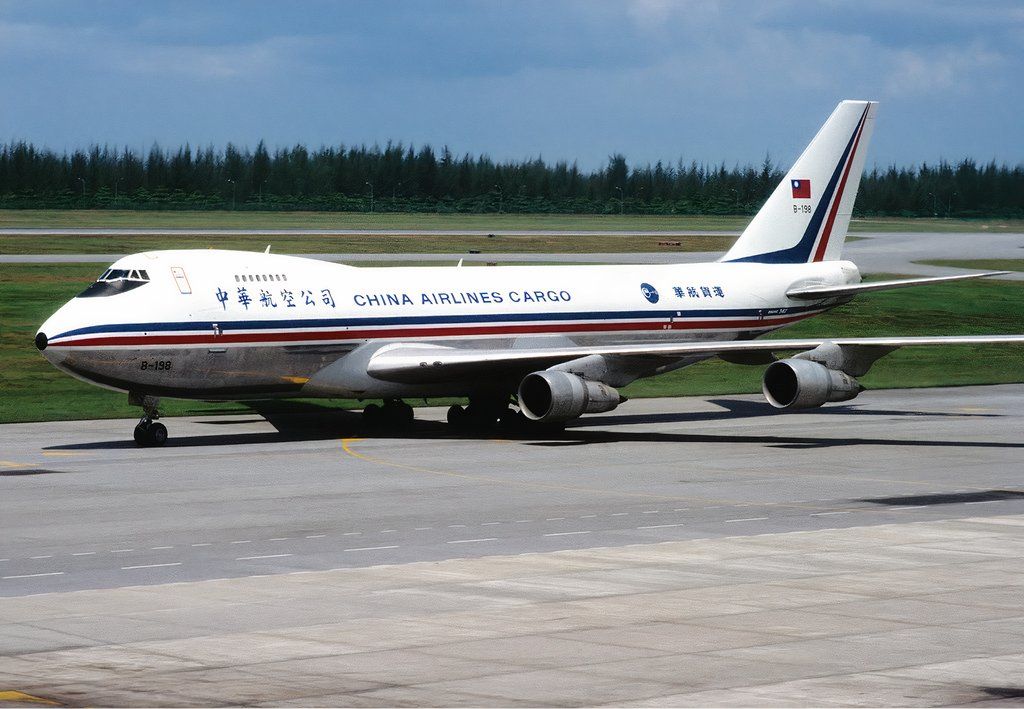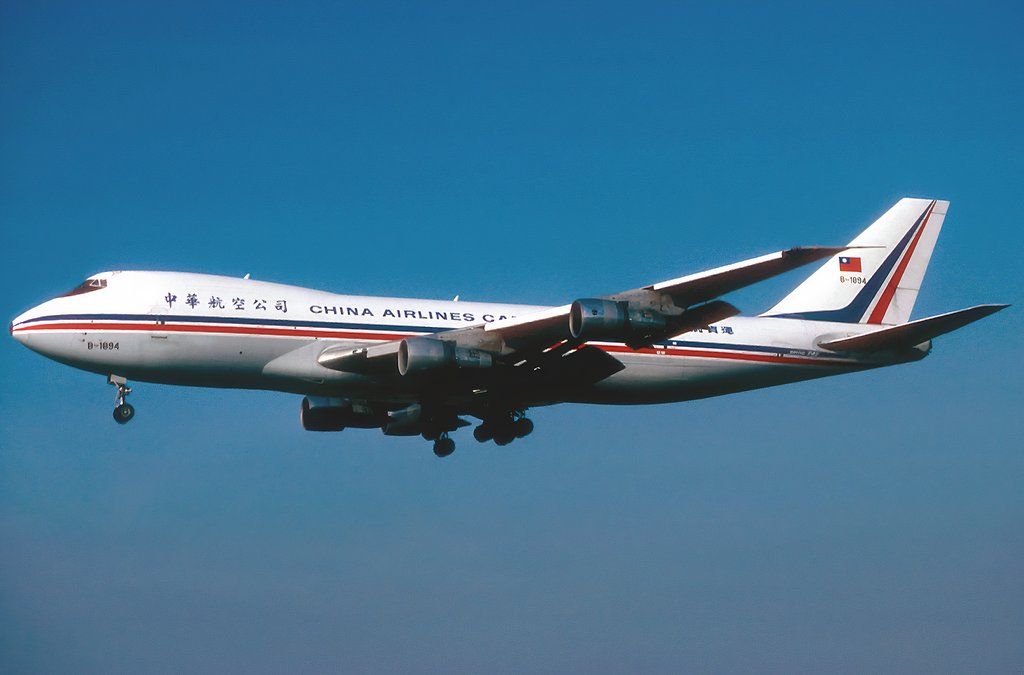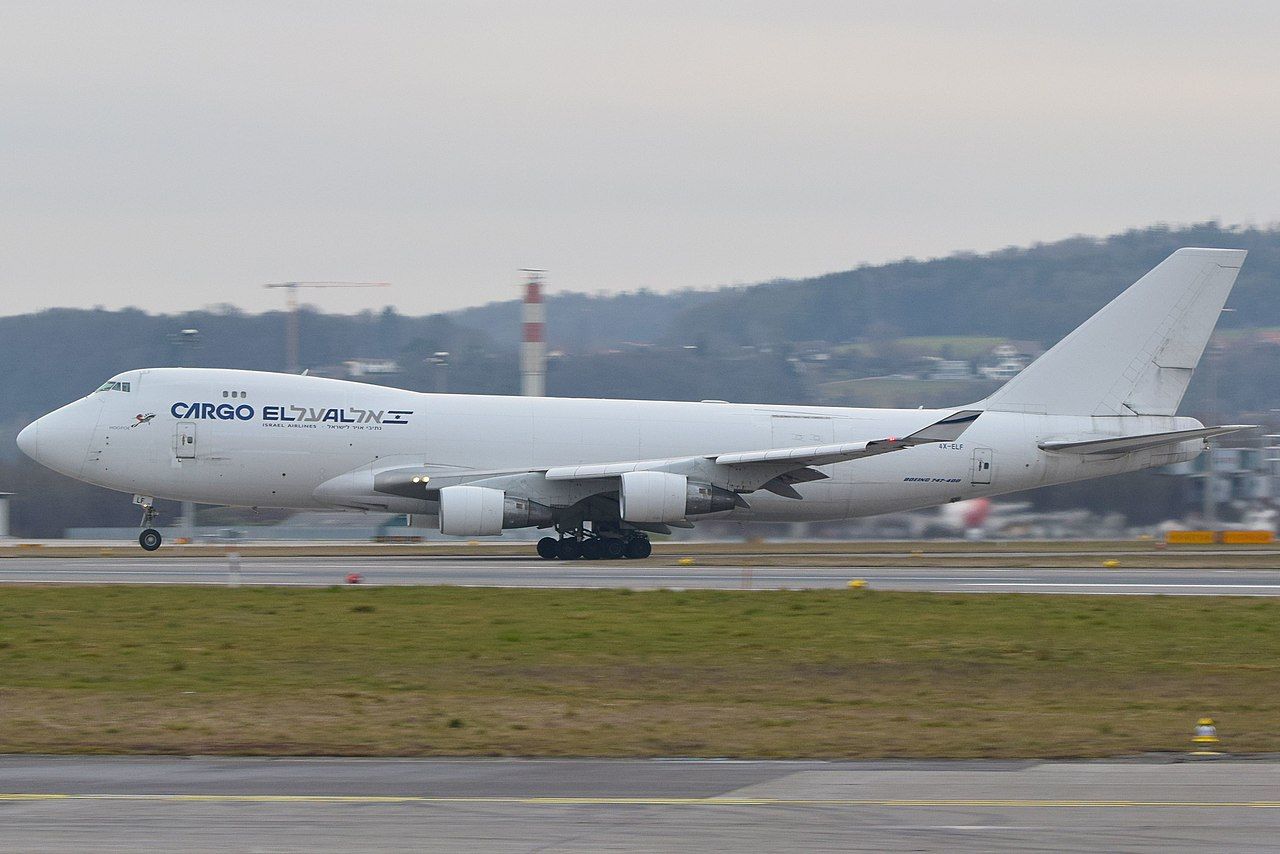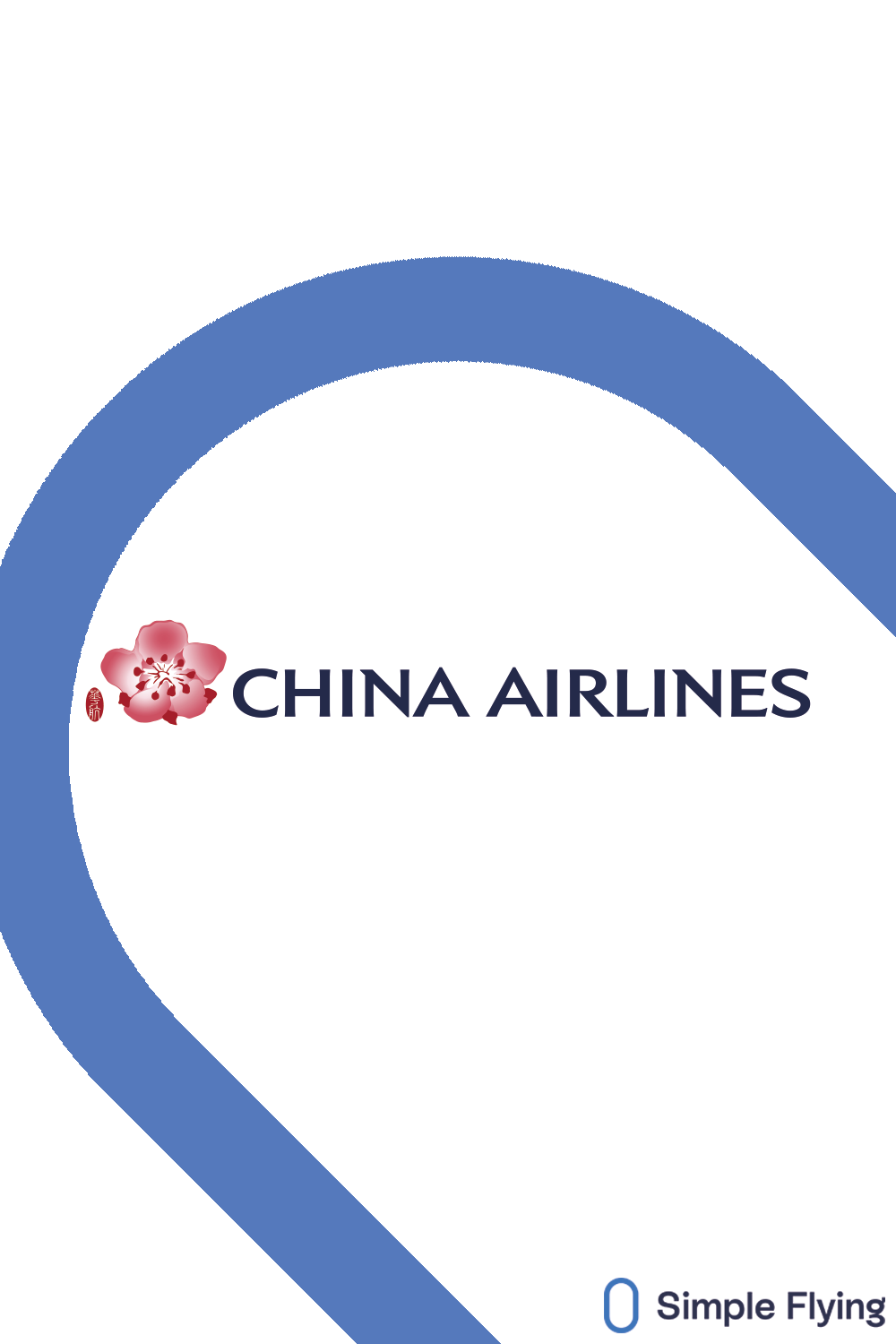Summary
- China Airlines Flight 358 involved a Boeing 747-200F that crashed after takeoff in Taipei, killing all crew members.
- Initial findings suggested failure of no.3 engine midspar fittings partly due to fatigue, causing loss of control.
- Similarly, El Al Flight 1862, an identical Boeing 747F, crashed with investigations highlighting issues with pylons.
On December 29, 1991, a China Airlines Cargo Boeing 747 Freighter crashed shortly after takeoff from Taipei Chiang Kai-shek International Airport (TPE), killing all crew members onboard. Notably, the same aircraft had been involved in a hijacking about five years earlier.
A routine flight from Taipei
China Airlines Flight 358 was a routine cargo flight between Chiang Kai-shek Airport in Taiwan and Ted Stevens Anchorage International Airport (ANC) in the American state of Alaska. Chiang Kai-shek is today’s Taoyuan International Airport. It was opened for commercial operations in 1979 and renamed in 2006.
On the day of the accident, the cargo flight was operated by five crew members, and there are no reports of any incidents from when the aircraft was still on the ground. However, about four minutes after takeoff, climbing through 5,200 ft, the flight crew reported problems with engine number 2. Air traffic controllers in Taipei then gave the crew instructions to turn left and return to the airport.
However, the crew radioed Taipei ATC to say that they could not turn left, after which they were advised to make a right turn and return to the airport. This was the last contact between the Taipei tower and the aircraft. Following the last radio contact, the pilots lost control of the plane and crashed into a hillside near Wanli, Taipei, at approximately 15:05 and at an altitude of 700 feet. All five crew members died instantly in the crash, and there were no fatalities on the ground.
The aircraft involved in the crash
The aircraft involved in the crash was a Boeing 747-200F(SCD), registration B-198. According to ATDB.aero, China Airlines operated up to eight of the type throughout its history. B-198 was about 11 years old at the time of the crash. Below are more details of the aircraft:
- Aircraft type: Boeing 747-200F(SCD)
- First flight: September 30, 1980
- Flight hours: 45,868
- Flight cycles: 9,094
The aircraft was first delivered to Luxembourg-based cargo carrier Cargolux as LX-ECV in October 1980. The airline operated it until February 1985, when it was taken up by China Airlines. The last A-check maintenance had been done on December 21, 1991, with the aircraft accumulating 74 flight hours since then.
The same aircraft suffered a hijacking about five years prior, on May 3, 1986. It was performing Flight 334 from Singapore Changi Airport to Taiwan Chiang Kai-shek with stopovers in Bangkok and British Hong Kong. The aircraft was hijacked by Chinese former military U-2 pilot Wang Hsi-chueh while en route to Bangkok. Wang had separated from his family in 1949 when he left for Taiwan. However, after seeing them in Hong Kong in 1984, he decided to defect to reunite with them.
The investigation and probable cause
The Boeing 747-200F was powered by four Pratt & Whitney JT9D-7R4G2 engines. The investigation into China Airlines’ crash revealed that the No.3 engine and its pylon had separated from the plane and struck the No.4 engine, causing it to break loose.
A more detailed structural examination of the wing revealed that the parts attaching the pylon to the lower portion of the wing front had failed. Because the No.3 engine had fallen into the sea after separating from the plane, it took several months before it was recovered. According to Aviation Safety Network, initial findings suggested “a failure of both no.3 engine inboard midspar fittings, partly in fatigue, partly ductile.”
A similar crash and other 747 incidents from Taipei
Ten months after the crash of China Airlines Flight 358, El Al Flight 1862, operating an identical Boeing 747 cargo plane, suffered the same fate. The aircraft was flying from JFK in New York to Ben Gurion International Airport (TLV) with a stopover at Amsterdam Airport Schiphol (AMS). After being refueled and a crew change, the plane took off for Tel Aviv.
Shortly after taking off while climbing through 6,000 feet, the No.3 engine separated from the wing, striking the No.4 engine and causing it to separate from the wing. The pilots declared a Mayday and reported they were returning to Schiphol for an emergency landing. Unfortunately, they did not make it and crashed into a heavily populated area, killing 39 people on the ground.
The investigation revealed the same issues with the pylons as with the China Airlines 747 and forced Boeing to make modifications to every Boeing 747 that was in service. Strangely, there were a couple of other Boeing 747s involved in severe incidents after departing or en route to Taipei, including the following:
- China Airlines Flight 611: On May 25, 2002, a China Airlines Boeing 747-200 crashed into the Taiwan Strait 20 minutes after taking off from Chiang Kai-shek International Airport. The jumbo broke up midair due to metal fatigue cracks resulting from improper repairs done over two decades earlier.
- South African Airways Flight 295: On November 28, 1987, a South African Airways Boeing 747-200 Combi crashed in the Indian Ocean after experiencing an in-flight fire in the cargo area. The aircraft was transporting passengers from Taipei to Jan Smuts International Airport, today’s Johannesburg OR Tambo (JNB).





